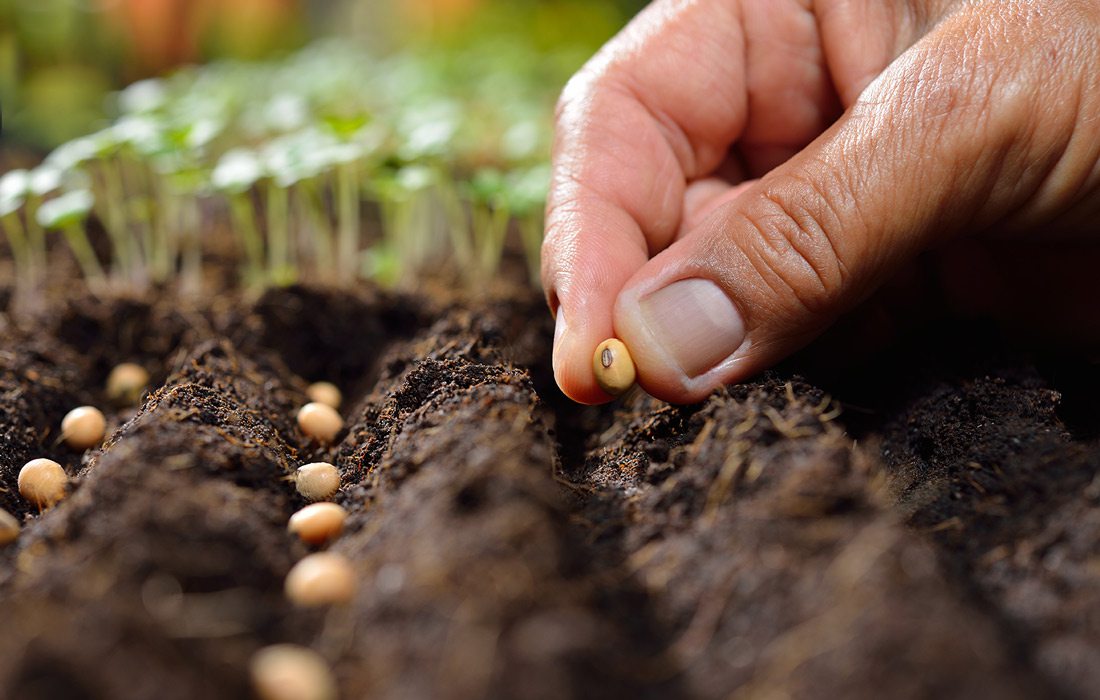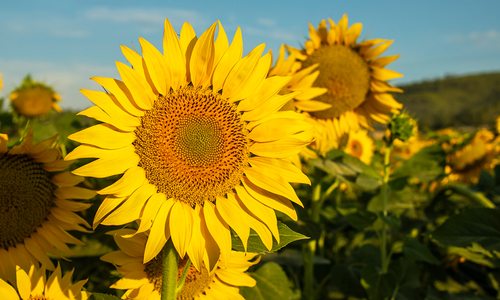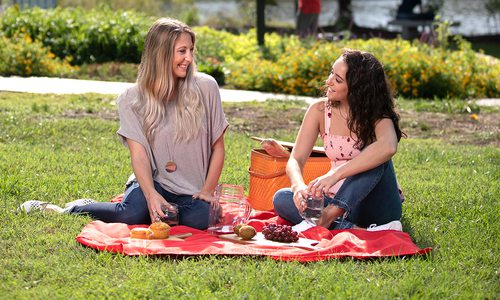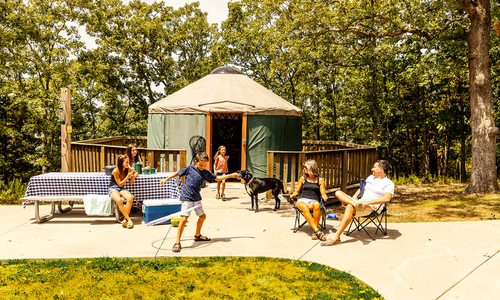
Lifestyle
Spring Garden Tips from Southwest Missouri Experts
Prepare to grow your best garden yet with these tips from a few of southwest Missouri’s gardening experts.
By Savannah Waszczuk
Mar 2020

Winter is on its way out for now, and the dry, drab world outside will soon be blooming with life. Now, are you ready to get busy? Whether you’re a flower aficionado or love garden tomatoes you have some work to do! Read on for advice from a few of southwest Missouri’s finest gardening gurus.
Weed Removal
It doesn’t matter if you garden in patio pots or raised beds—you need to pull weeds. “Remove all of the weeds, dead roots, leftover mulch and dead plants,” says Mark Wheeler, owner of Wheeler Gardens (454 State Highway EE, Ozark, 417-581-1867; 1925 S. Bedford Ave., Springfield, 417-890-5733). Wait for a day when the ground is moist, then pull the weeds out. Keep ahead of weeds by hoeing regularly.
Soil Preparation
Once weeds are gone, it’s time to deal with rocks. After rocks are removed and soil is dry (see “The Soil Ball Test” sidebar), it’s time to turn your soil. “Raised beds should be fluffed or double dug with a shovel,” says Shannie McCabe, staff writer and horticulturist at Baker Creek Heirloom Seeds (2278 Baker Creek Road, Mansfield; 417-924-8917). Aim to turn soil 6 to 12 inches deep.
Next have your soil tested to determine needed nutrients and add well-rotted organic matter like compost. If you grow root crops, dig 2 feet deep. If you are germinating seeds, rake topsoil to make a seedbed. If you’re using pots, raised beds or other containers, Wheeler suggests adding potting mix that is light and drains well.
Proper Pruning Methods
Wheeler recommends contacting an arborist to trim large trees and shrubs. You can handle smaller varieties, but be sure to trim at the right time. “Any time between late fall and early spring is good,” Wheeler says. “If it’s a blooming or flowering shrub, you want to trim it after it blooms. If it’s non-blooming, trim any time.” Remove limbs that are dead, diseased or growing together.
Early Planting
Wheeler says vegetables such as snow peas, lettuce, kale, radishes and broccoli can be planted in late February. Plant cauliflower, cabbage, potatoes and onions in mid-March, and plant cool-season herbs (cilantro, basil, dill, lavender and lemon balm) in late March or early April. As for flowers, you can plant pansies, petunias, alyssum, lobelia, geraniums, dianthus, snapdragons and dusty miller as early as mid-March. “If a freeze is coming, cover them,” Wheeler says. “Also, make sure the ground is moist. Most people think the opposite, but plants need moisture all the time,” even in winter months.
The Soil Ball Test
You’ll often find the term “as soon as the soil can be worked” on the back of seed packets. But how is this determined? Shannie McCabe, staff writer and horticulturist at Baker Creek Heirloom Seeds, shares a simple test.
1. Select a dry day after the spring thaw begins and temperatures are reliably warm. (In Missouri, this usually happens in March.)
2. Go to your garden and dig roughly 6 inches into the ground.
3. Grab a handful of dirt, and try to shape it into a ball. If you can’t make a ball shape and the soil crumbles, the soil is ready to be worked. If the soil can form a ball shape that doesn’t crumble, see step 4.
4. Drop your soil ball on the ground from waist height. If the soil breaks into more than two pieces, it is ready to be worked. If the ball drops and stays in a ball shape or only breaks in half, it is still too saturated and not ready to work (or you have extremely high clay content, and you might want to amend with organic matter).












